Unicorn (London)
Video Design
Camera systems
Gulliver’s Travels
Video Design
Camera systems
The Unicorn Theatre’s production of Gulliver’s Travels, written by Lulu Raczka and Jaz Woodcock-Stewart. Working on this brought lots of interesting challenges and a tonne of fun. Unfortunatley the pandemic came along right as we were to preview and it has been postponed for now.
Update: Gulliver’s Travels was finally thawed-out and brilliantly finished by Jazz and team, with my asociate video-designer on this, Jack Baxter.
![]()
![]()
![]()
![]()
![]()
![]()
![]()
![]()
![]()
![]()
A key part of Jazz’s and set designer Rosie Vize vision for this was the broad use of live cameras. This was to be a clean, minimalist design and the possibilities that cameras provide to play with scale made them an ideal match.
Jazz’s style is to devise the piece in the rehearsal room with writer, actors and designers - which is a process I love, so I was in the rehearsal room for most of rehearsal process. Because of the devised / improvised nature of the rehearsal process, and the focus on cameras, we knew we’d need a set-up as close to production ready as possible, in the room from day 1.
A major part of my design work, was to work with Jazz and Rosie on figuring out a camera system that would maximise the possibilities, minimise the operating complexity and be affordable.
Main camera
I have to say, I’m very pleased with how this turned out. This video shows the third iteration of this, based on watching the actors use it in the rehearsal room. We needed good picture quality, in a leightweight, easy to carry formfactor. The trickiest part was providing accurate and repeatable positioning without the need to loosen / tighten anything. The final design uses a Platypod baseplate, an Edelkrone FlexTilt head, a Mars 400 wireless system and a cheap / cheerful Panasonic camcorder. I love this family of Panasonics as they provide a perfect combination of auto and manual controls for live use, produce a very respectable image, have low latency out the HDMI port for the price, and are cheap enough to not worry about accidents.
![]()
![]()
![]()
![]()
![]()
DIY mini wireless cameras
I built two tiny wireless cameras using cheap racing drone cameras, transmitters and receivers. These were small enough to be placed in the palm of your hand, and were used in a doll’s house scene, a fish tank scene and even on top of a remote control toy car. The image they produced was lofi and noisy at times, but very low latency due to them being completely analog, so they were good for dialogue.
![]()
![]()
![]()
![]()
![]()
![]()
![]()
![]()
Update: Gulliver’s Travels was finally thawed-out and brilliantly finished by Jazz and team, with my asociate video-designer on this, Jack Baxter.
‘Bewitching video... the video design by Jack Phelan is thrilling...’
- The Guardian
‘...there is lots to enjoy on the journey, not least the soul-infused compositions of Ben and Max Ringham, and the video design of Jack Phelan...’
- What’s on Stage
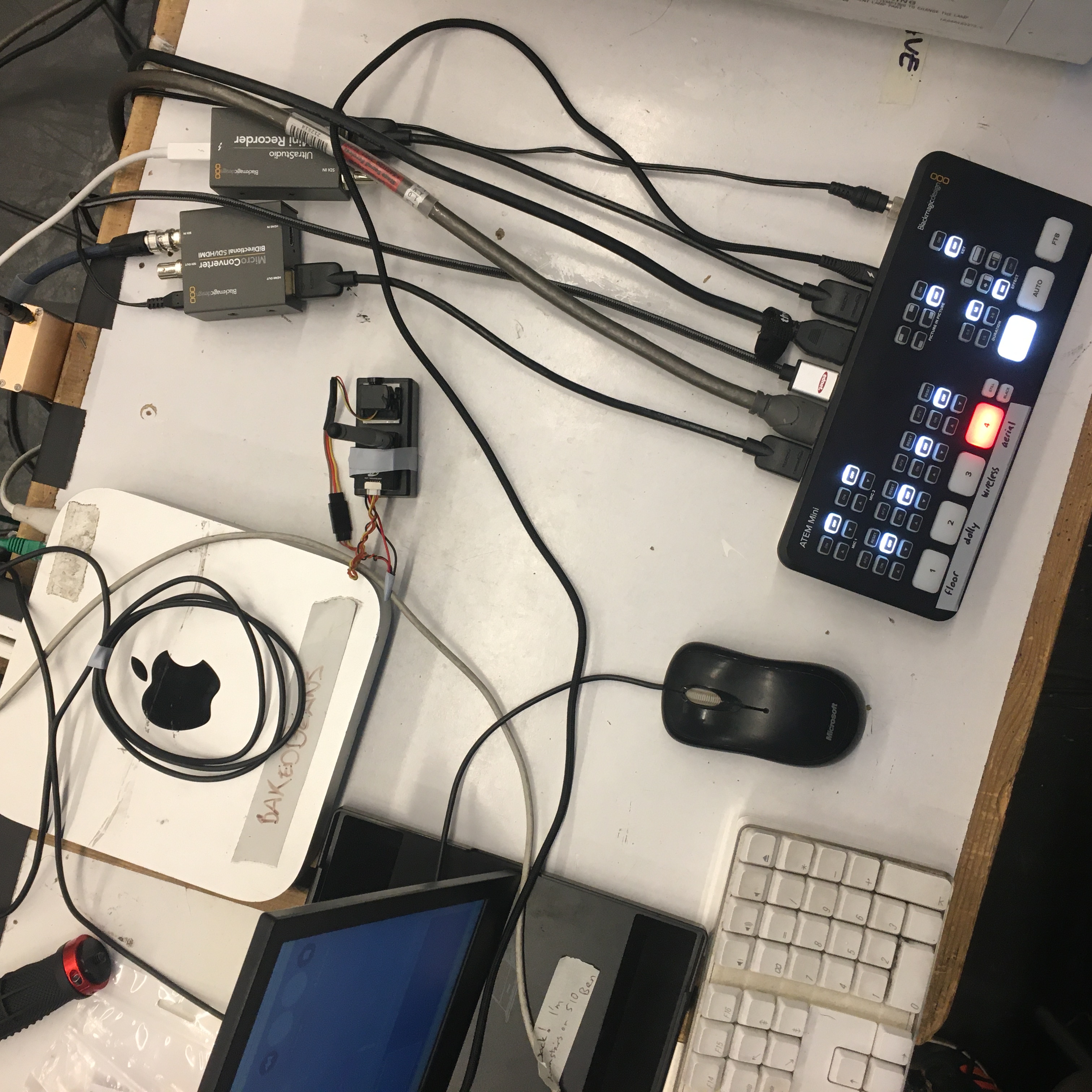
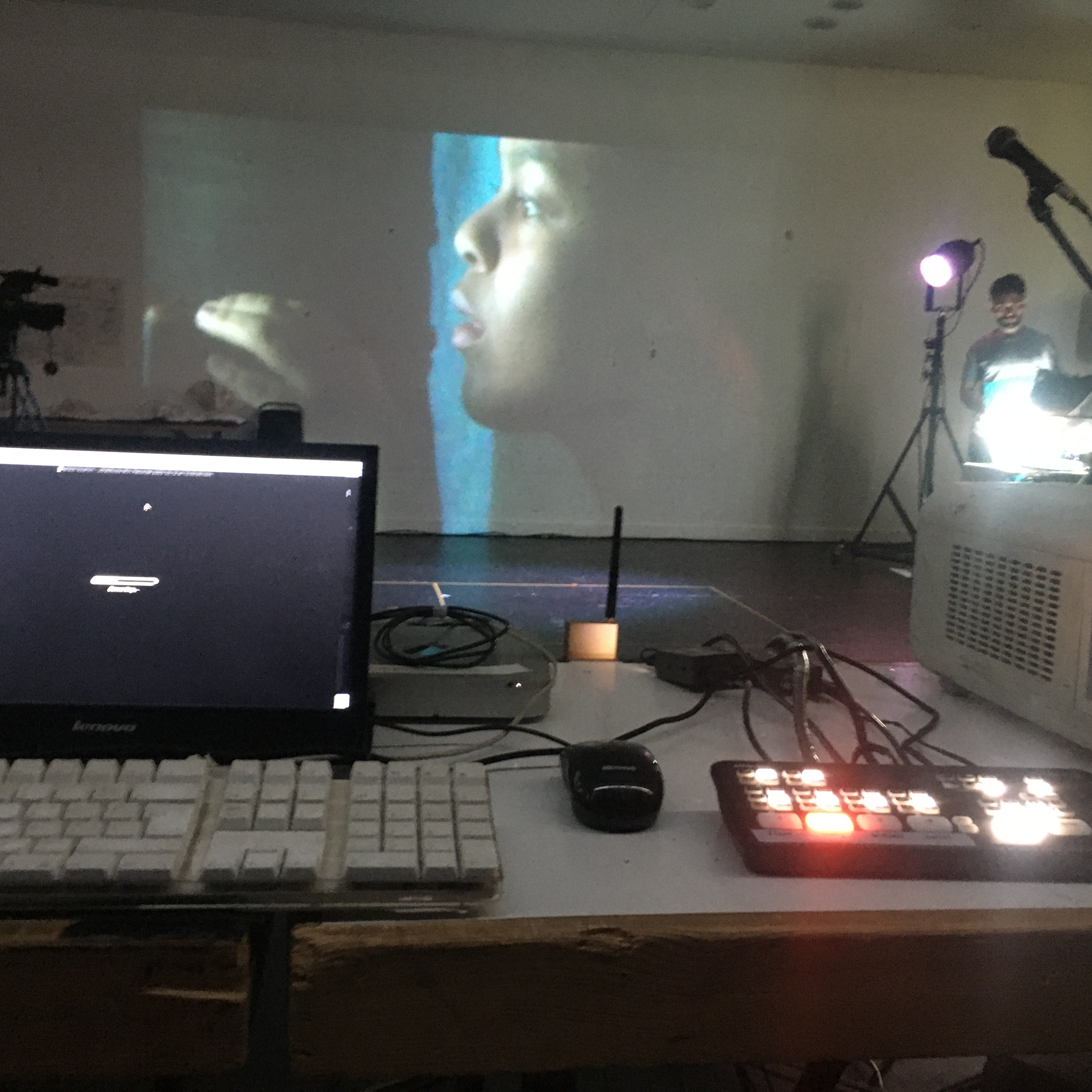

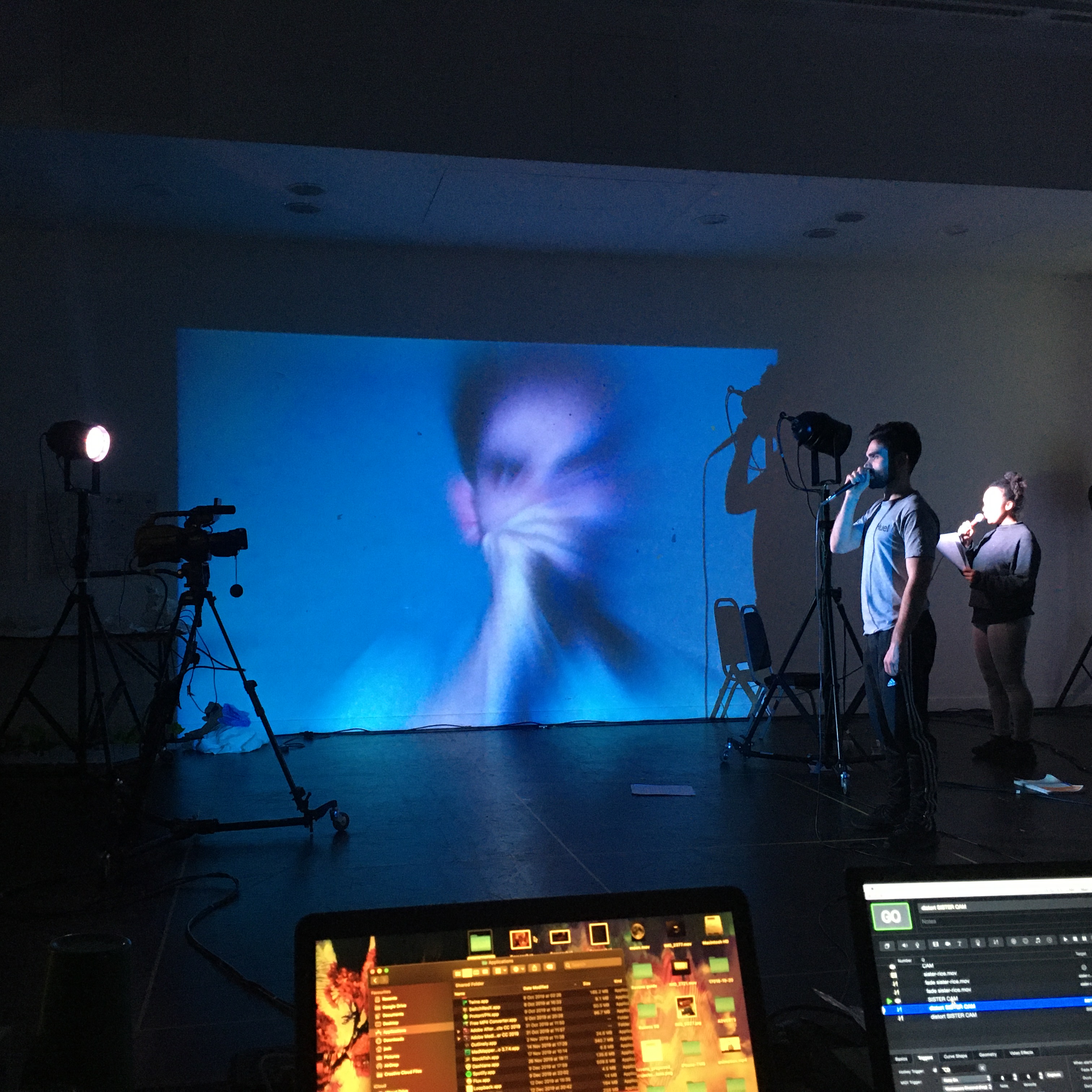
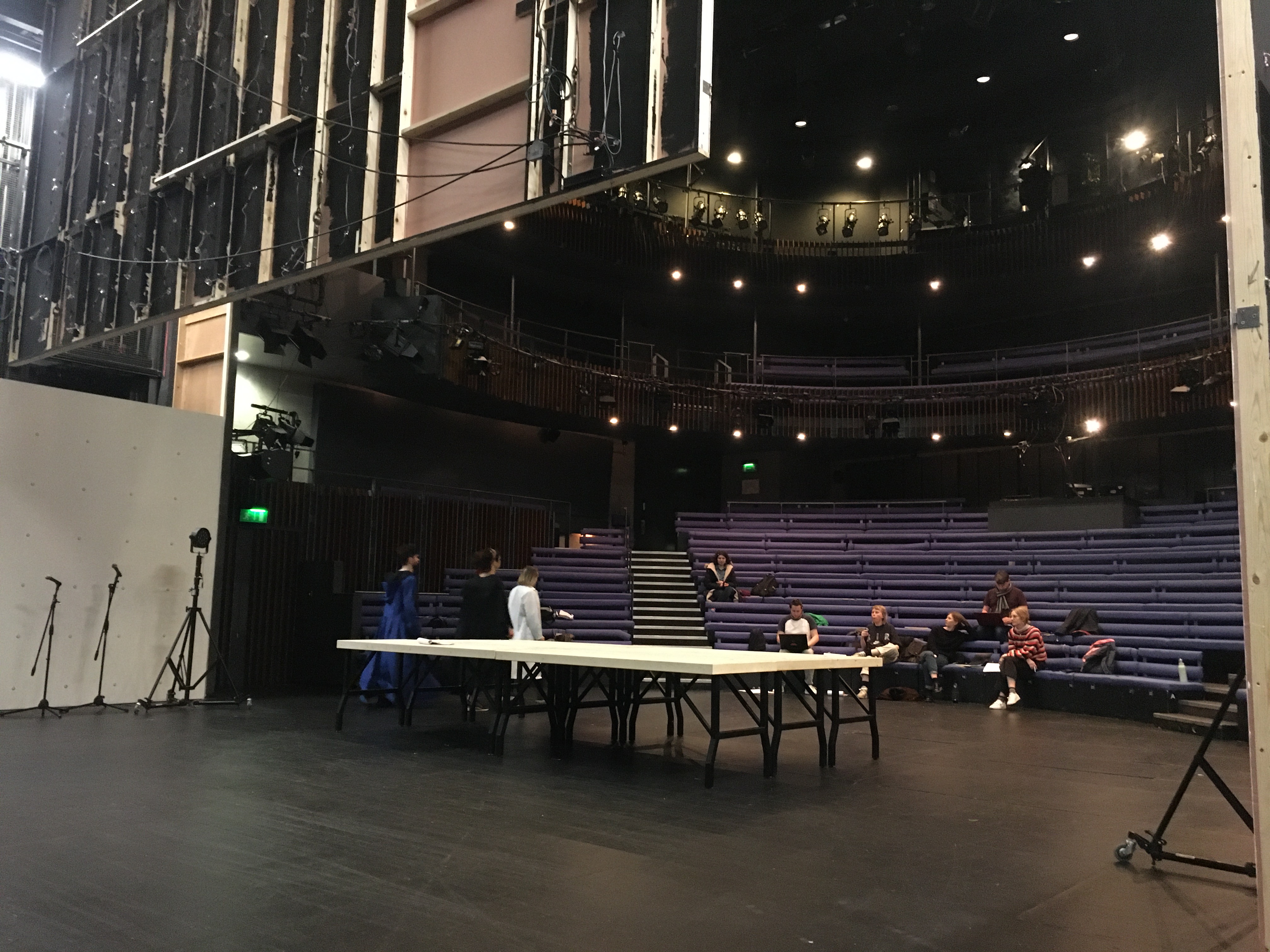
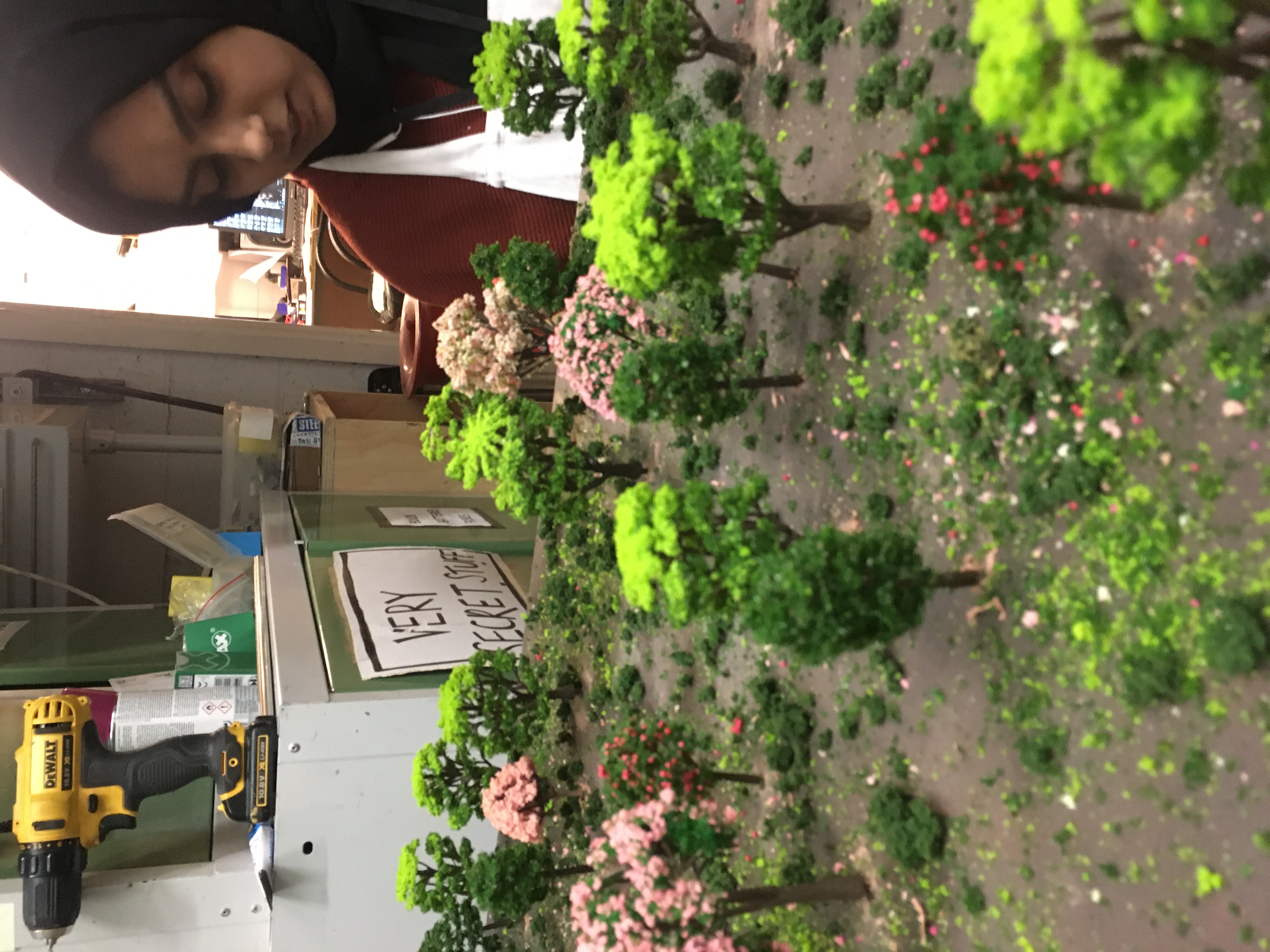
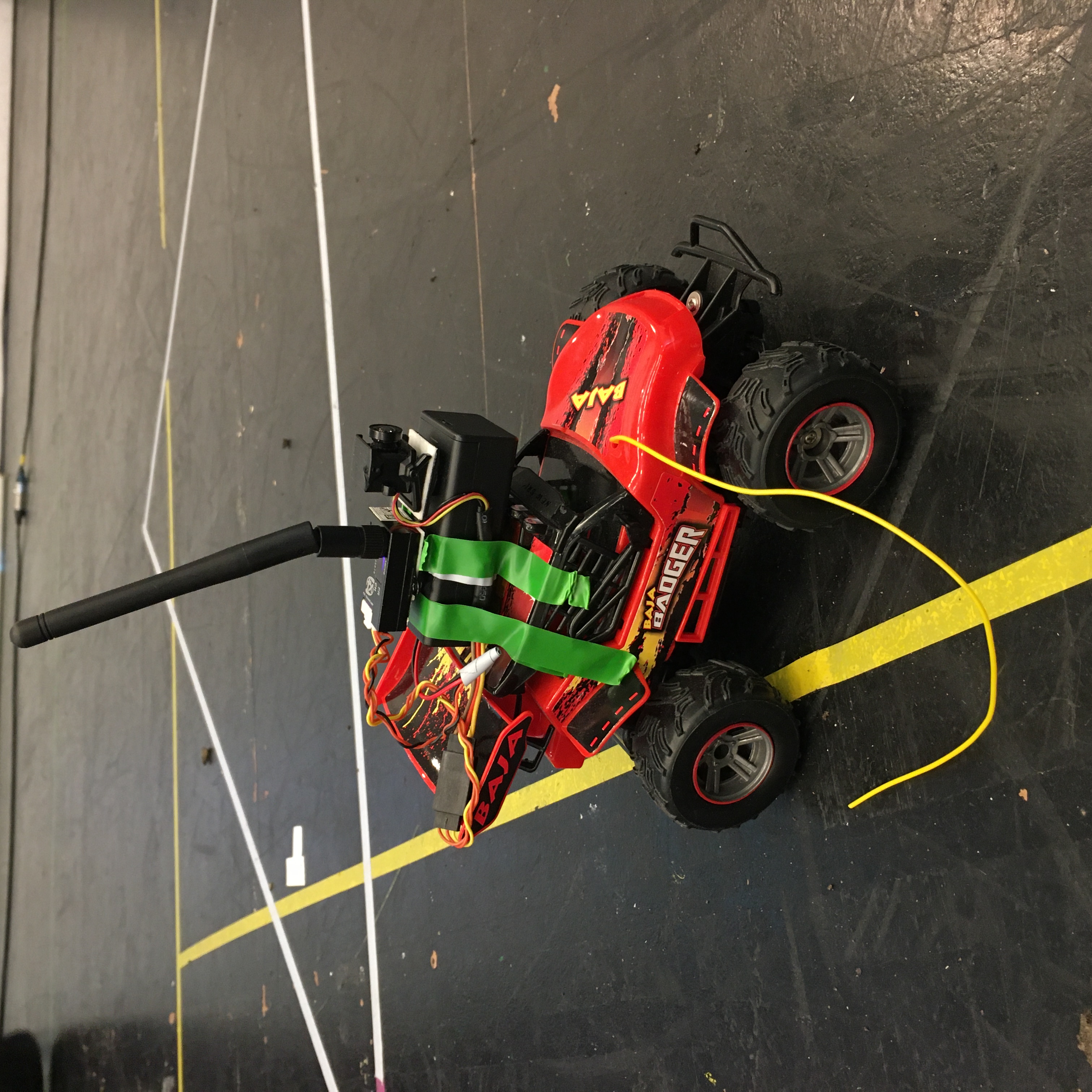
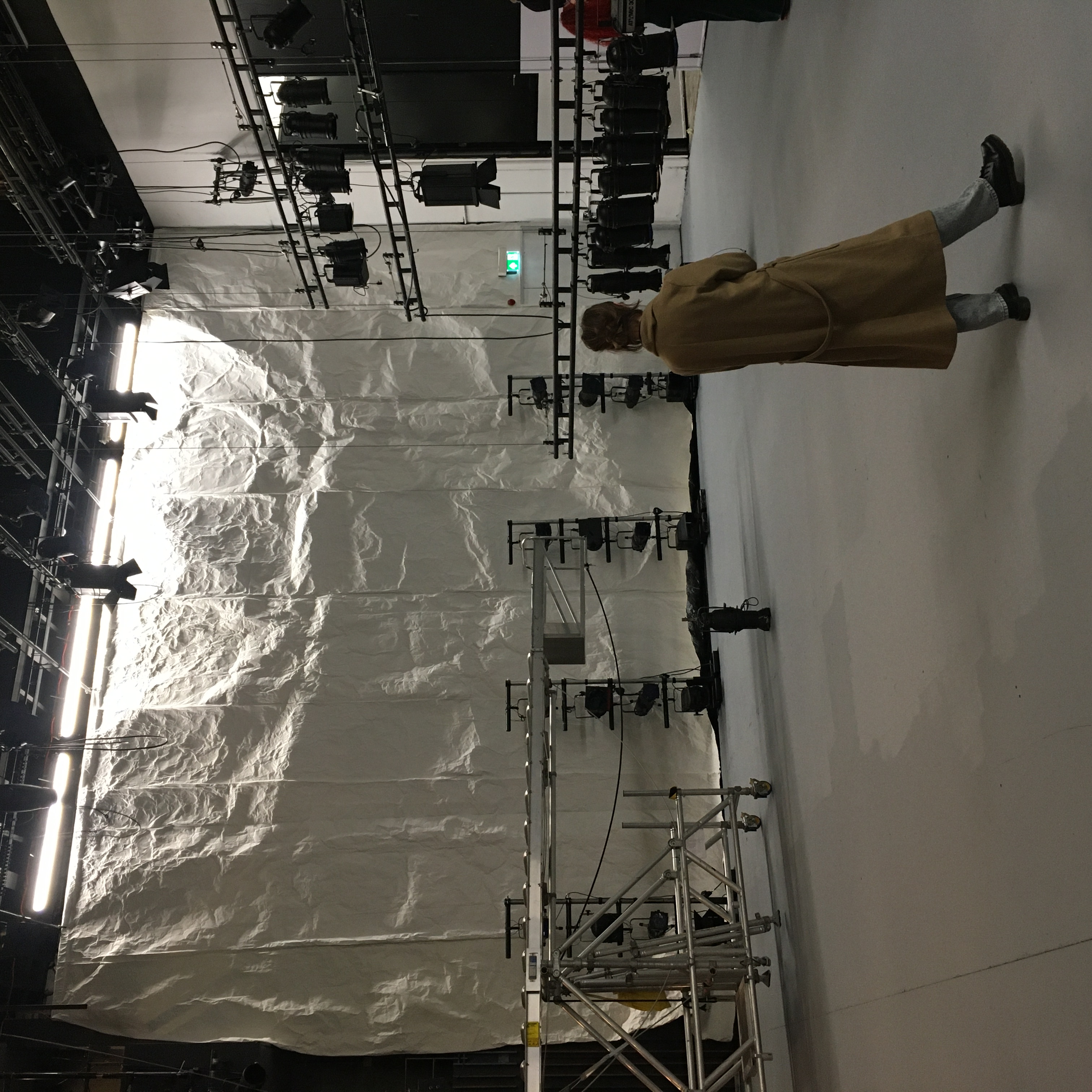
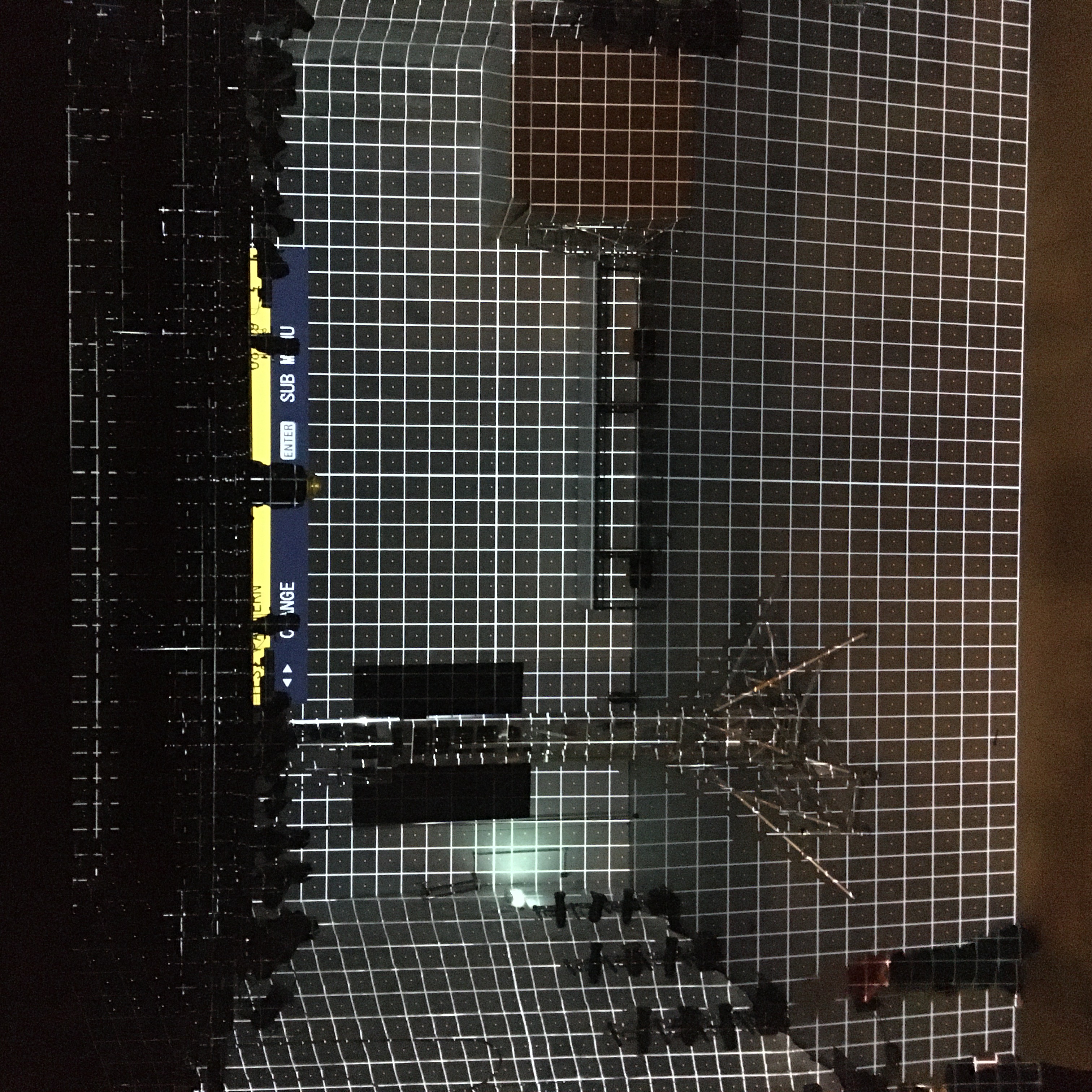
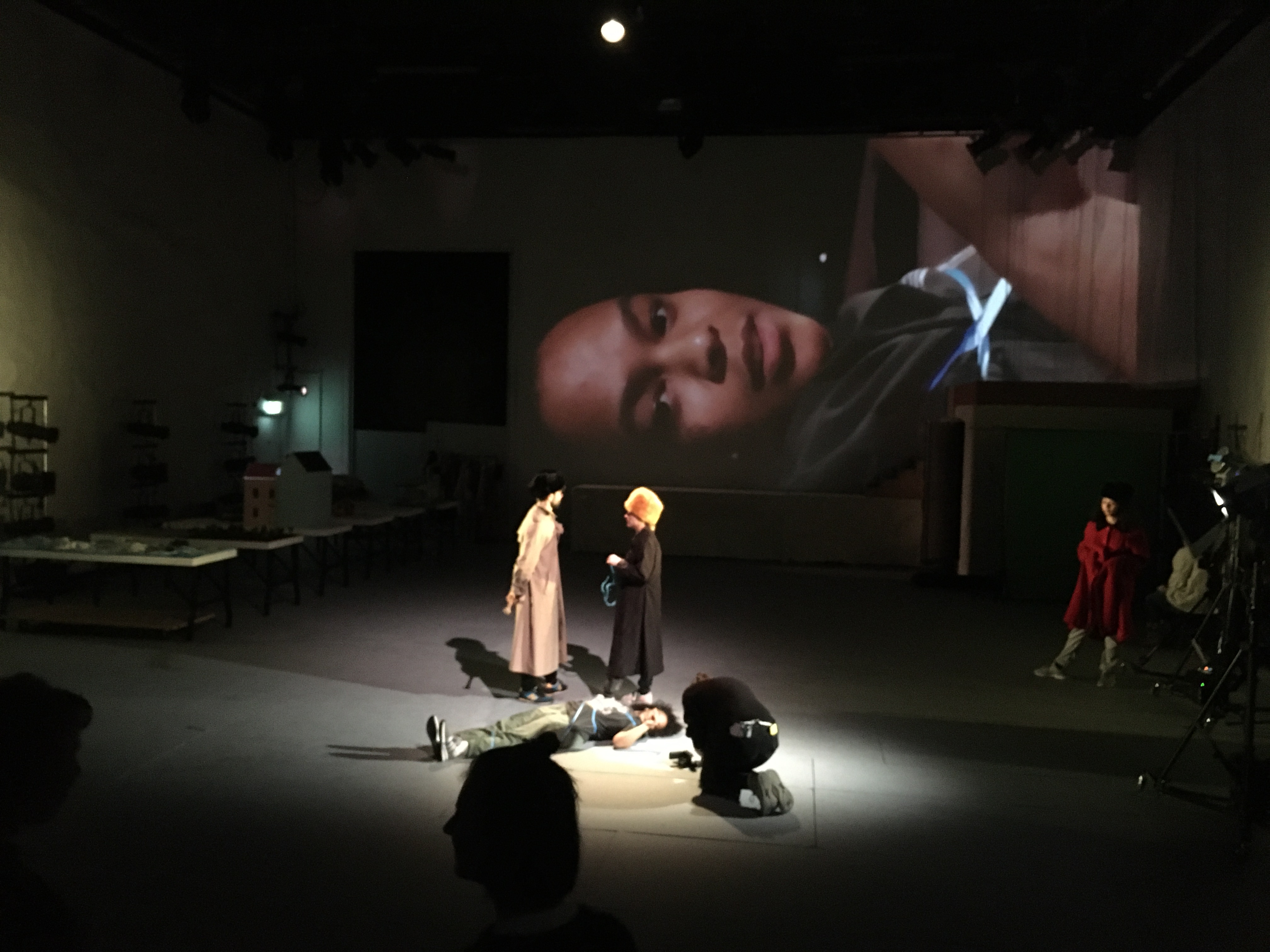
Development
A key part of Jazz’s and set designer Rosie Vize vision for this was the broad use of live cameras. This was to be a clean, minimalist design and the possibilities that cameras provide to play with scale made them an ideal match.
Jazz’s style is to devise the piece in the rehearsal room with writer, actors and designers - which is a process I love, so I was in the rehearsal room for most of rehearsal process. Because of the devised / improvised nature of the rehearsal process, and the focus on cameras, we knew we’d need a set-up as close to production ready as possible, in the room from day 1.
The Cameras
A major part of my design work, was to work with Jazz and Rosie on figuring out a camera system that would maximise the possibilities, minimise the operating complexity and be affordable.
Main camera
I have to say, I’m very pleased with how this turned out. This video shows the third iteration of this, based on watching the actors use it in the rehearsal room. We needed good picture quality, in a leightweight, easy to carry formfactor. The trickiest part was providing accurate and repeatable positioning without the need to loosen / tighten anything. The final design uses a Platypod baseplate, an Edelkrone FlexTilt head, a Mars 400 wireless system and a cheap / cheerful Panasonic camcorder. I love this family of Panasonics as they provide a perfect combination of auto and manual controls for live use, produce a very respectable image, have low latency out the HDMI port for the price, and are cheap enough to not worry about accidents.




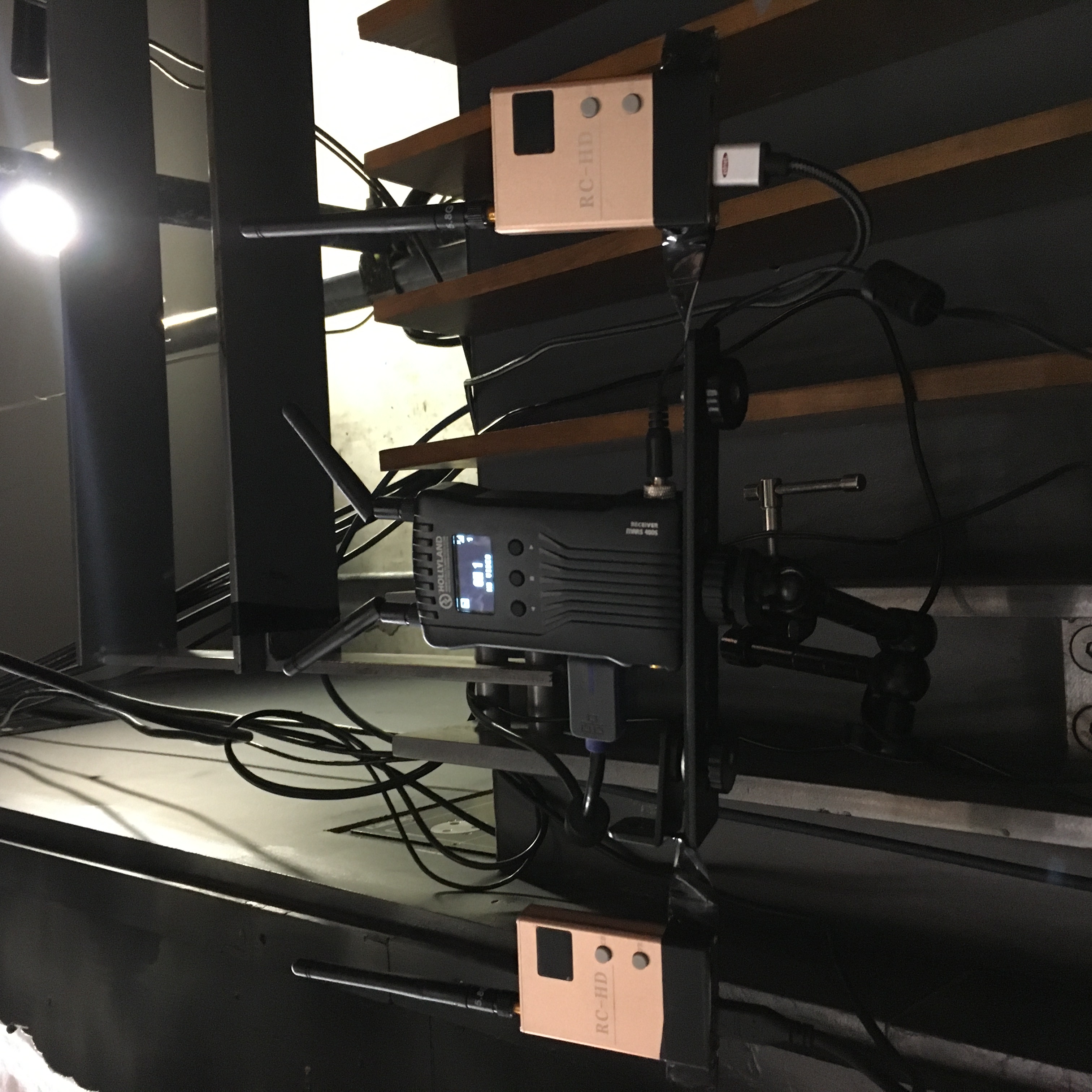
DIY mini wireless cameras
I built two tiny wireless cameras using cheap racing drone cameras, transmitters and receivers. These were small enough to be placed in the palm of your hand, and were used in a doll’s house scene, a fish tank scene and even on top of a remote control toy car. The image they produced was lofi and noisy at times, but very low latency due to them being completely analog, so they were good for dialogue.
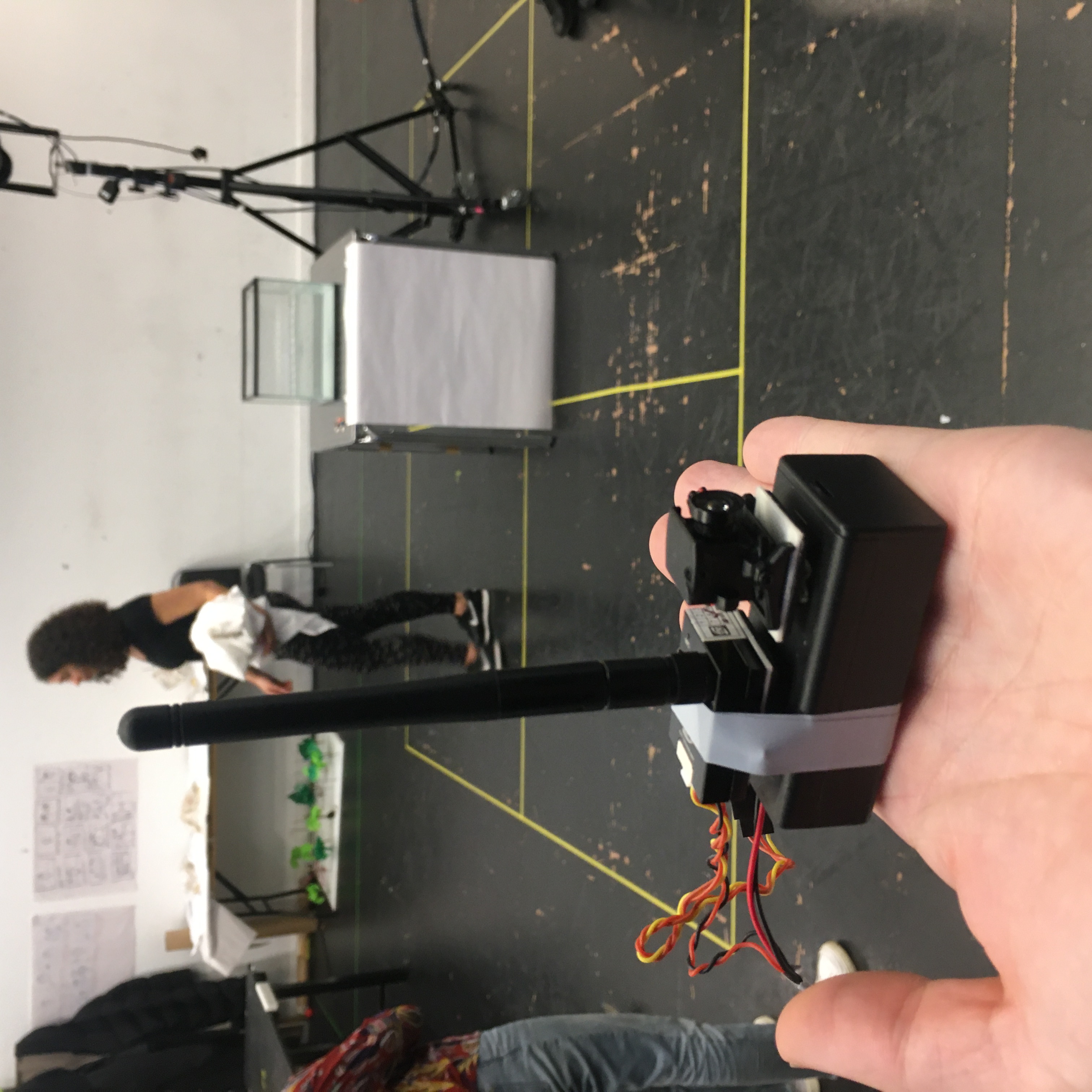



Other design
Gulliver’s wasn’t very content heavy, but I did produce some sequences, and had fun with some lighting through projection and live video manipulation. I built an instant video looper in Max / Jitter that could sample a performer live in front of a greenscreen, then instantly loop and multiply them into a large group.
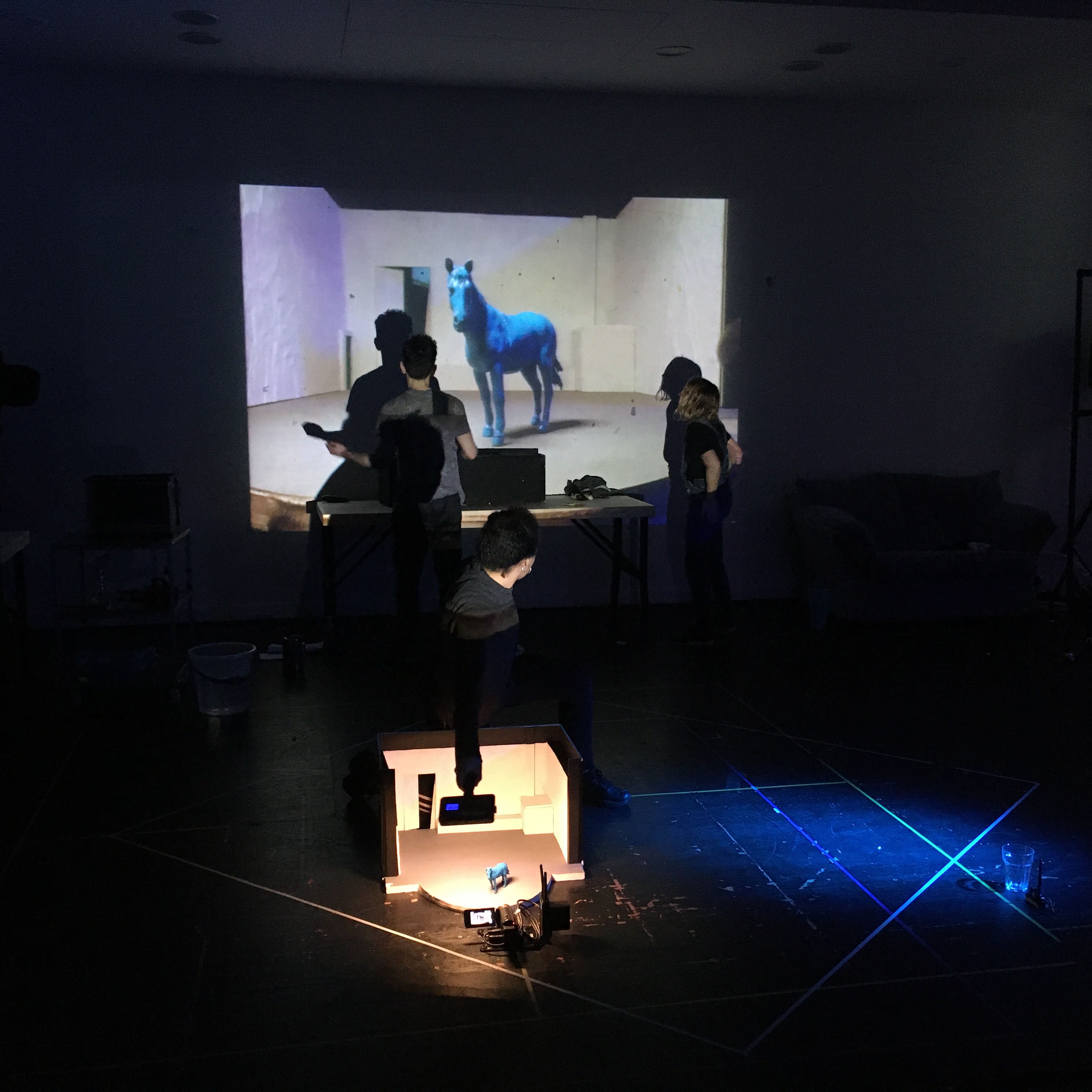


JACK PHELAN - VIDEO ARTIST, DESIGNER, DIRECTOR WICKLOW, IRELAND.